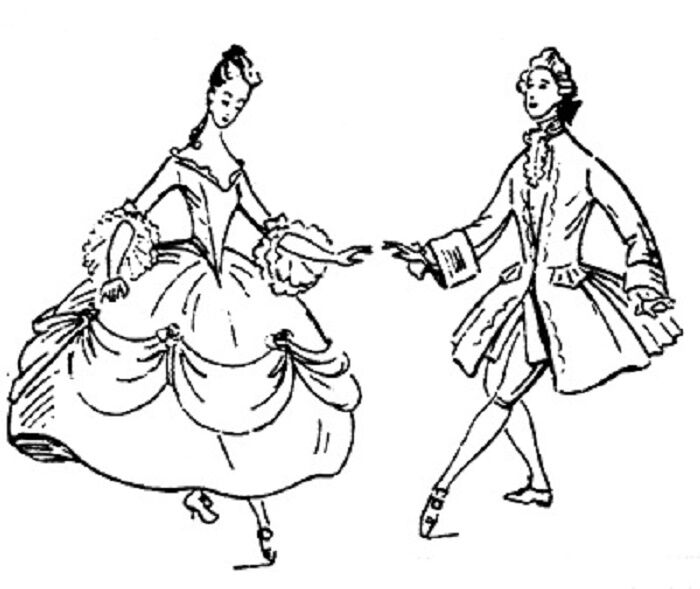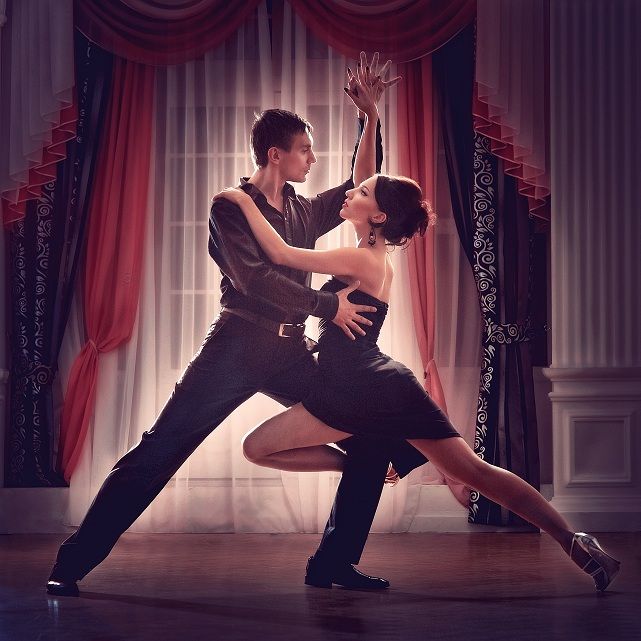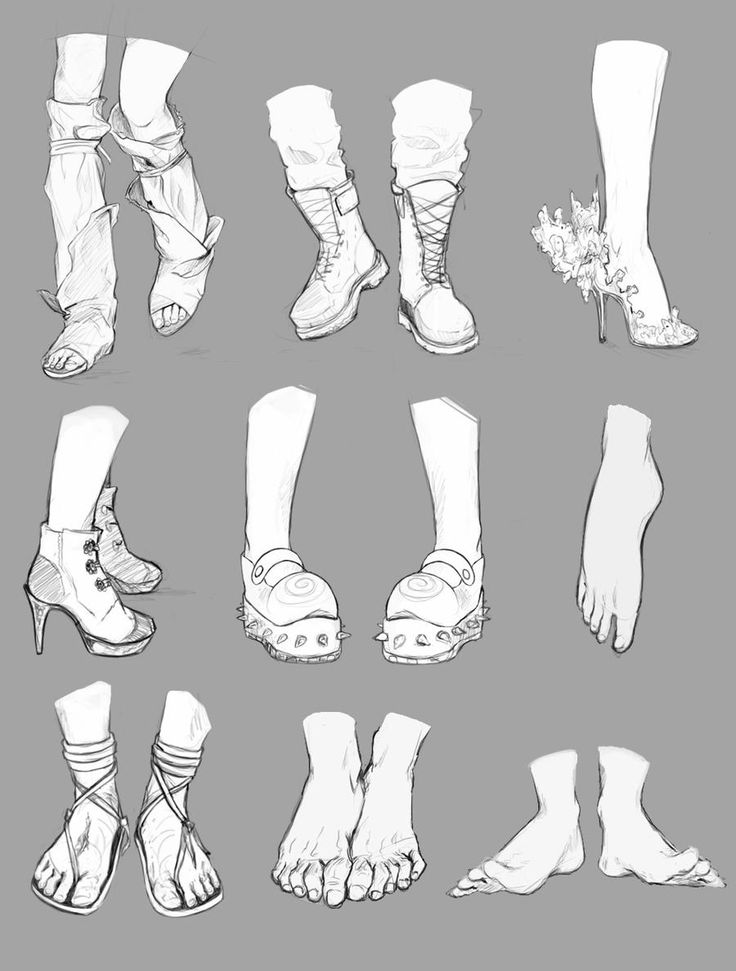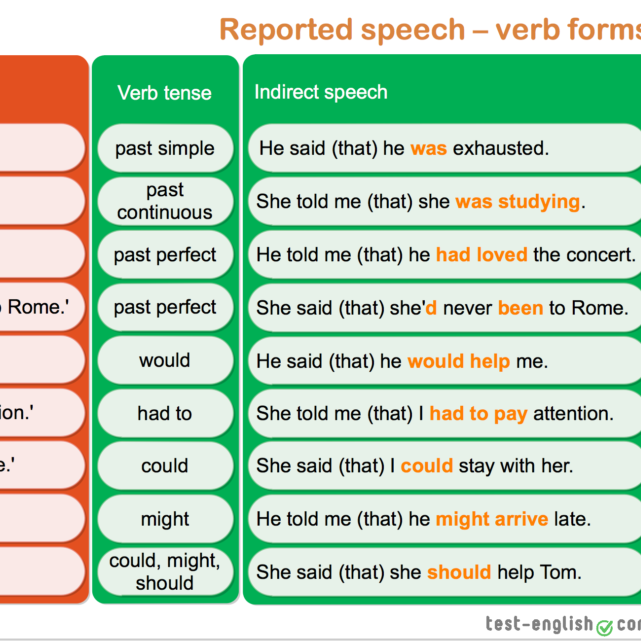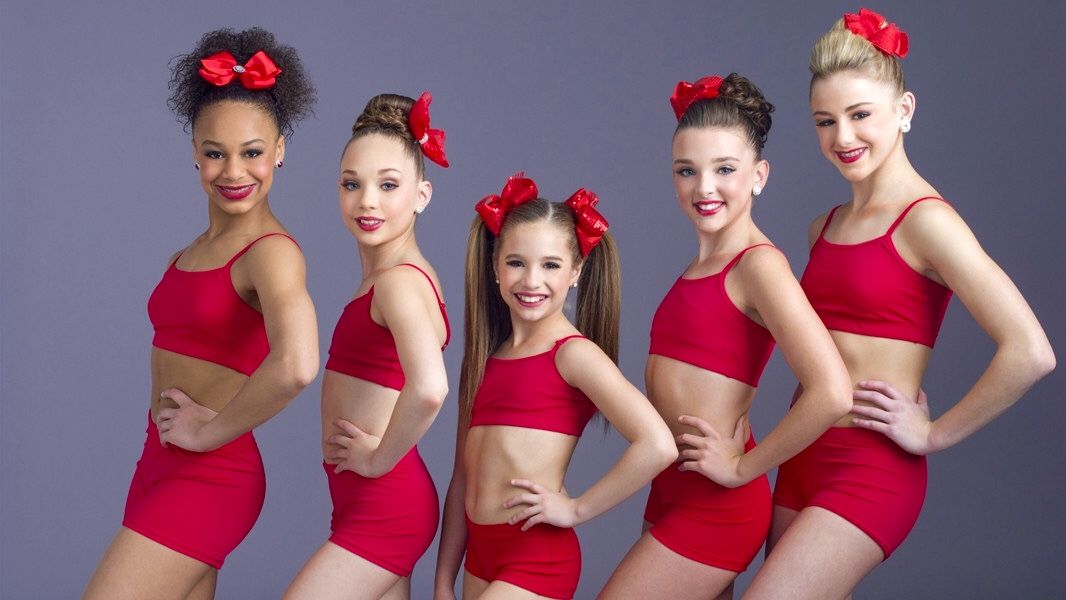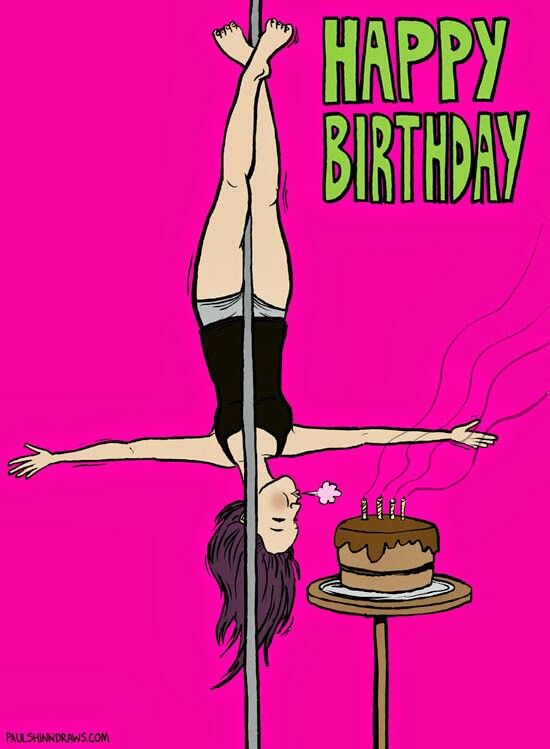How to dance a minuet
Learn how to dance the Minuet! — Leila Viss, 88PK
Have your students ever asked to play a piece from the Baroque Period?
Have they been interested in what keyboard instruments came before the piano that we enjoy today?
Have they ever asked which artists made the top of the charts in the 17th century?
No, I didn’t think so.
Why would they?
Why would students ask about things that they don’t know?
Since the Baroque period generated a substantial amount of legendary repertoire, I believe it’s worth educating your students about this rich genre.
I find ways to do so every couple of years so that as students progress, they manage to add a number of Baroque “hits” to their growing playlist.
Why? Because if I don’t expose students to this vibrant repertoire, who will? By the way, I always let my students choose from a couple of Baroque pieces and they always seem to find one they like, even REALLY like.
By the way, how many of your students ask to play that “canon” or “wedding” piece. Just when students may think that the Baroque period seems irrelevant, the time is ripe to share that the famous canon from Pachelbel and his timeless chord progression come from the 17th century!
To learn how to immerse your students in the Baroque period, follow this link to a resource I created a couple of years ago called Go Baroque. It includes repertoire, apps, off-bench activities and even tips on how to create powdered wigs for your digital natives to wear as they perform music from the time period. You’ll also learn how teachers amplify this “back-in-time” immersion into a community festival.
This post is an unexpected and exciting addendum to the activities included in Go Baroque. Evidently, there’s more than one way to dance the minuet! In the past, I’ve shared different steps to the French dance as seen in this video at a Baroque Bash in Fort Collins, Colorado.
As I’m a huge fan of off-bench activities, I was thrilled when Dr. Jeremy Dittus, Diplôme Supérieur (Dalcroze education specialist) taught a number of Colorado music teachers how to dance a two-circle minuet at our state convention.
Jeremy Dittus, Diplôme Supérieur (Dalcroze education specialist) taught a number of Colorado music teachers how to dance a two-circle minuet at our state convention.
I couldn’t help but show the steps we learned at our 88 Creative Keys workshop and now I’m sharing the specific steps with you.
Ahem…even if you think dancing the minuet may not connect with your 21st century screenagers…give it a try. The smiles and giggling that you’ll see at the end of the video below show that this off-bench activity evokes fun and even fond memories of experiencing “Baroque life.” And, you have to admit, it will help students move in 3/4 time—a rare event in this 4/4 world!
Baroque Bash, Fresh Ideas, Group Lessons, Music History, Off BenchLeila Vissminuet, Off bench4 Comments
0 LikesHow to dance Minuet Beauty and the Beast
How to dance the Minuet for Beauty and the Beast a historically accurate princess dance
Do you love a good story? I do. Beauty and the Beast is a classic French fairy tale, and Belle has always been one of my favorite heroines. She loved books and dance, just a few of my favorite things. My favorite scene is when Belle and Beast waltzed around the ballroom in each other’s arms.
Beauty and the Beast is a classic French fairy tale, and Belle has always been one of my favorite heroines. She loved books and dance, just a few of my favorite things. My favorite scene is when Belle and Beast waltzed around the ballroom in each other’s arms.
Beauty and the Beast is set in the end of the Baroque period in France. Like all good stories, the tale can be traced back to antiquity, but the tale we know today was a French fairy tale.
About the Dance
The dance Beast and Belle do in the animated Disney version is a Viennese waltz, a dance of the Victorian period. I started to wonder what dance beauty and the beast would have done for the Baroque period that their tale was set in. Then it hit me that the iconic dance of the Baroque era in France was the Minuet. It was named the “queen of the ball”
Minuet Origin
The Minuet developed from the Branle of Poitou. It is first referenced in 1670 in the French court of King Loui XIV in Versailles. The name Minuet means small, and referred to the small steps taken in the dance.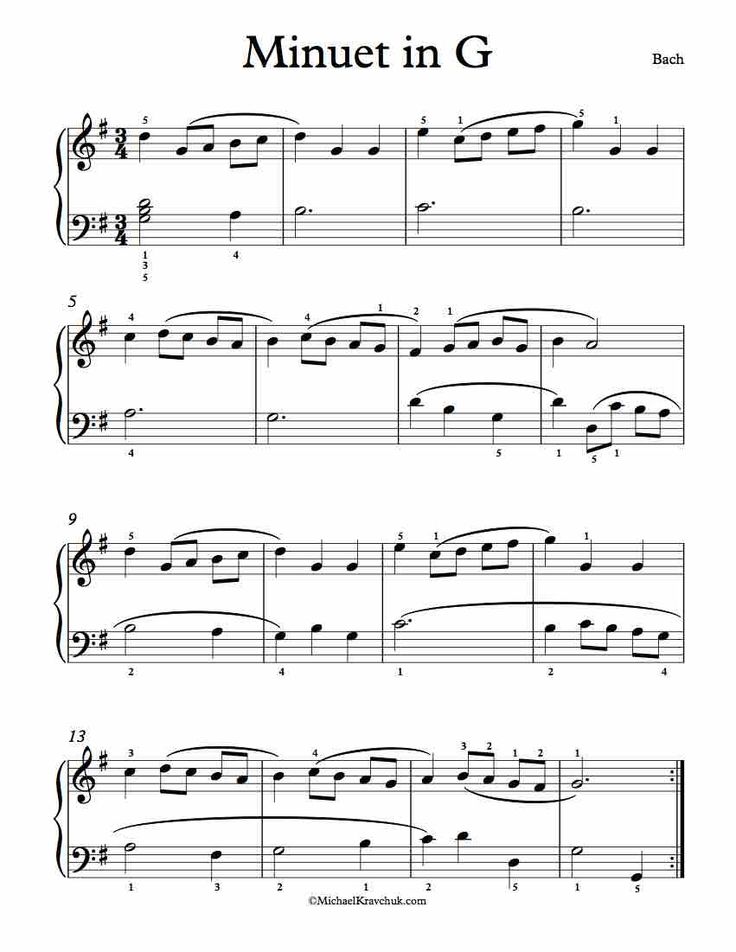 It was a stately exhibition ballroom dance often performed facing the most noble guests and danced one couple at a time to enable the partners to display their elaborate attire. I have put together a tutorial on how to dance the Minuet for Beauty and the Beast.
It was a stately exhibition ballroom dance often performed facing the most noble guests and danced one couple at a time to enable the partners to display their elaborate attire. I have put together a tutorial on how to dance the Minuet for Beauty and the Beast.
Film Location
To film this dance tutorial, I enlisted the help of the Grant-Humphrey’s Mansion in Denver. This Neo-classic building was built in 1902 for Colorado governor Grant, following his term as the third governor of Colorado. It is now a historic building maintained by the city of Denver; available for tours and events.
How to Dance the Minuet,A Historically Accurate Princess Dance for Beauty and the Beast:
Music– String quartet in E Major Op. 13-Minuet
Basic step 6 counts:
1-Both partners step forward right foot
2-tap left behind right as you bend (plie) you knee
3-step forward left foot
4-step forward right foot
5-step forward left foot
6-tap your right foot behind left foot as you bend (plie) your knees
Alternative simplified Basic step 6 counts:
1-Both partners step forward right foot
2-tap left behind right as you bend (plie) you knee
3-tap left to side
4-step forward left foot
5-step forward right foot
6-step forward left foot
1st set of 6 (1-6) couple 1 curtsey and bow.
2nd set of 6 couple 1 promenade holding gentleman’s left hand to lady’s right hand,
couple 2 curtsey and bow.
3rd & 4th set of 6 both couples promenade down the floor.
Peel off
1st & 2nd set of 6 couple1 peels off and progresses past couple 2 as they promenade forward.
3rd & 4th set of 6 couple 1 promenade’s forward as couple 2 peels off.
1st & 2nd set of 6 couples turn 180 degrees to promenade to starting positions.
Peel off
1st & 2nd set of 6 couple1 peels off and progresses past couple 2 as they promenade forward.
3rd & 4th set of 6 couple 1 promenade’s forward as couple 2 peels off.
Promenade down the floor
1st & 2nd set of 6 couples turn 180 degrees to promenade down the floor.
Right to right and Right turn
1st & 2nd set of 6 shake right to right hands and dance the minuet circling to the right around partner
3rd & 4th set of 6 release handshake hold and rotate on a small circle to right.
Left to Left and Left turn
1st & 2nd set of 6 shake Left to Left hands and dance the minuet circling to the left around partner
3rd & 4th set of 6 release handshake hold and rotate on a small circle to left.
Four hands, reverse and progress
1st & 2nd set of 6 hold 4 hands and dance the minuet circling to the left around partner.
3rd set of 6 release hands and dance the minuet back away from each other.
4th set of 6 dance the minuet forward toward partner.
Extended box
1st set of 6 dance the minuet forward past partner’s right side.
2nd set of 6 turn ¼ turn to your right and dance minuet forward.
3rd set of 6 turn ¼ turn to your right and dance minuet forward past partner’s right side.
4th set of 6 turn ¼ turn to your right and dance minuet forward to end in front of partner.
1st & 2nd set of 6 shake right to right hands and dance the minuet circling to the right around partner
3rd & 4th set of 6 release handshake hold and rotate on a small circle to right.
Left to Left and Left turn
1st & 2nd set of 6 shake Left to Left hands and dance the minuet circling to the left around partner
3rd & 4th set of 6 release handshake hold and rotate on a small circle to left.
Four hands, reverse and progress
1st & 2nd set of 6 hold 4 hands and dance the minuet circling to the left around partner.
3rd set of 6 release hands and dance the minuet back away from each other.
4th set of 6 dance the minuet forward toward partner.
1st set of 6 (1-6) couple 1 curtsey and bow.
2nd set of 6 couple 1 promenade holding gentleman’s left hand to lady’s right hand,
couple 2 curtsey and bow.
3rd & 4th set of 6 both couples promenade down the floor.
Peel off
1st & 2nd set of 6 couple1 peels off and progresses past couple 2 as they promenade forward.
3rd & 4th set of 6 couple 1 promenade’s forward as couple 2 peels off.
Promenade back up the floor
1st & 2nd set of 6 couples turn 180 degrees to promenade to starting positions.
Curtsy and bow when the music ends.
Thank you to the Grant-Humphery’s Mansion for letting us film there. This is made possible by the support of the Adventures in dance crew, Robyn Collins, William Hooker, Craig Tomazin, and Holly Collins. Thank you all for your support of history and dance.
This is made possible by the support of the Adventures in dance crew, Robyn Collins, William Hooker, Craig Tomazin, and Holly Collins. Thank you all for your support of history and dance.
Holly Collins
WEDDING DANCE instruction
DANCE LESSONS.
author of
Holly’s hot wedding tips,
Historically Accurate Princess Dances,
Winner of:
The Knot Hall of Fame best wedding dance instruction,
top 50 Dance Blogs
Champion Ballroom Dancer & Coach
owner of
Adventures in Dance
720-276-0562
[email protected]
www.adventuresindance.com
For dance tips,
join my email
Minuet • Arzamas
You have Javascript disabled. Please change your browser settings.
- History
- Art
- Literature
- Anthropology
I'm lucky!
Author Irina Sirotkina
Classical minuet from Mozart's opera "Don Giovanni" performed by students of the Moscow Academy of Choreography. 2012 "The minuet is the dance of kings and the king of dances," our ancestors used to say. And one more thing: "He who dances the minuet well, he does everything well." The dance of "small steps" - pas menus - was especially loved in French Poitou; it is believed that he came from this town. The minuet replaced the pavane Pavane is a ceremonial and solemn dance popular in the 16th-17th centuries at the courts of Italy, France and Spain. It is possible that its name comes from the word "peacock", which the dancers performed importantly. and chimes chimes (literally - "running", "flowing forward") - a dance procession. The procession of couples “flows” forward all the time, moving along the oval. Unlike the dignified pavane, the chime has a slight resemblance to jumps. under Louis XIV; at the court of the "Sun King" he became no less prim and solemn than these slow, ceremonial dances.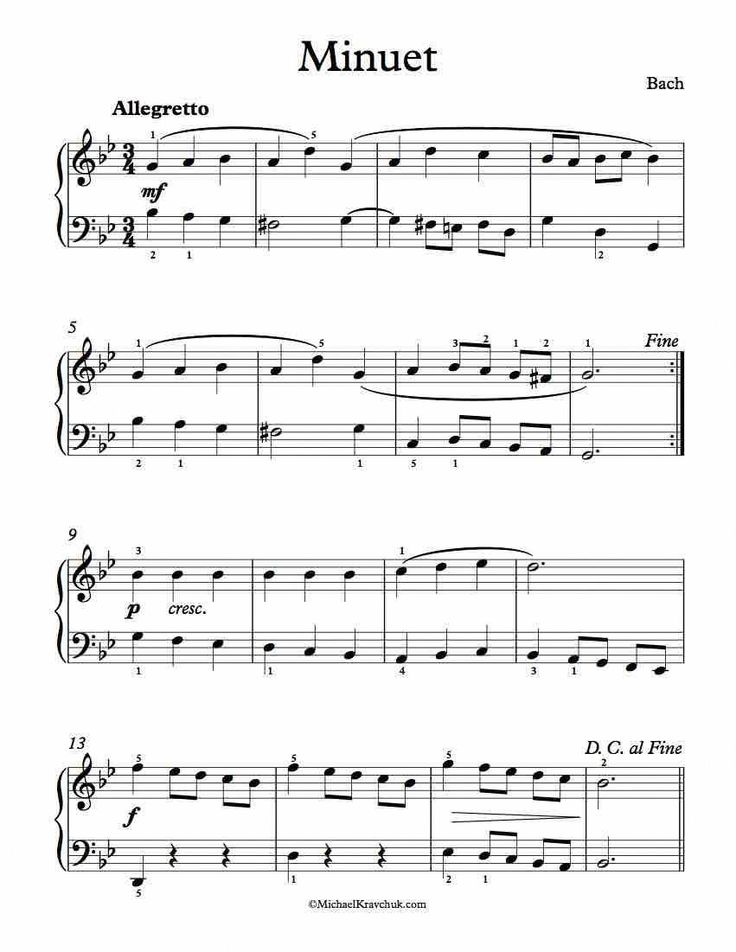 The step of the minuet is not just small, but sliding, smooth; each movement follows from the previous one without interruption. Spring squats help to achieve this - pliés, a slow rise to the half-toes and the same slow lowering. Therefore, in dancers, the rise in the foot is extended, the ankles and calf muscles are strong. Not without reason, from the dances of the 17th century, especially the minuet, a classical ballet grew up, requiring the steel muscles of the legs. Thanks to the minuet, it was also possible to codify the positions of the arms and legs (first position, second, third, etc.), which also went into the treasury of the ballet. Quick transitions from position to position - dégagés - allowed the ladies to show beautiful shoes from under the dress, and gentlemen to flaunt their legs wrapped in elegant stockings. Those whose legs were too thin or short lost the minuet (some used fake calves). If you want to see a classic six-figure minuet, check out the dances in Mozart's Don Giovanni, choreographed by Marius Petipa himself.
The step of the minuet is not just small, but sliding, smooth; each movement follows from the previous one without interruption. Spring squats help to achieve this - pliés, a slow rise to the half-toes and the same slow lowering. Therefore, in dancers, the rise in the foot is extended, the ankles and calf muscles are strong. Not without reason, from the dances of the 17th century, especially the minuet, a classical ballet grew up, requiring the steel muscles of the legs. Thanks to the minuet, it was also possible to codify the positions of the arms and legs (first position, second, third, etc.), which also went into the treasury of the ballet. Quick transitions from position to position - dégagés - allowed the ladies to show beautiful shoes from under the dress, and gentlemen to flaunt their legs wrapped in elegant stockings. Those whose legs were too thin or short lost the minuet (some used fake calves). If you want to see a classic six-figure minuet, check out the dances in Mozart's Don Giovanni, choreographed by Marius Petipa himself. nine0004
nine0004
Microstrubes
Daily short materials that we have released the last three years
APPLICAL
courses from the best museums and universities of the world
The smell of the day
Cabbins
John McCain in “Family Guests”
Archive
History, Anthropology
About archaeological expeditions, amazing finds, flying cots and myths
Radio Arzamas Party-goer, chronicler and museum itself
In the latest episode of the Tretyakov Gallery after Tretyakov podcast, we talk about Leonid Talochkin, who worked as an elevator operator and watchman, was friends with all underground artists, accepted almost 2,000 works from them as a gift, and legalized unofficial art
About the projectLecturersTeamLicensePrivacy policyContact us Arzamas
OdnoklassnikiVKYouTubePodcastsTwitterTelegramRSSHistory, literature, art in lectures, cheat sheets, games and expert answers: new knowledge every day
© Arzamas 2022. All rights reserved
All rights reserved
left before the subscription price increase.
Buy now
.
Encyclopedia of Dance: Minuet
Dance steps of the minuet perfected over decades demonstrate the gallantry of gentlemen and the charm of ladies. After all, the minuet is a dance worthy of kings.
The term "minuet" comes from the French menu pas - a small step. This ancient folk dance originated from the round dance Amener, which was popular in the 15th century in the province of Poitou. And the basis of the minuet is made up of small steps, small dance steps, which led to the corresponding name. nine0004
Origins
The minuet has a glorious history, such as few dances have. It is called "the king of dances and the dance of kings". The brilliant Louis XIV, the Sun King, considered this dance worthy of his greatness. The legendary Peter I did not deprive the attention of the minuet at his assemblies. And today in the dance and musical art the form of the minuet is not forgotten and, as before, brings pleasure to dancers and spectators.
The minuet flourished in the 16th and 17th centuries. Brittany is considered its homeland, where the minuet originated as a folk dance, closely associated with the song and musical culture of this area, its way of life and traditions. The simplicity of the dance, its elegance and grace contributed to the rapid spread of the minuet throughout France, including in court circles. nine0004
The minuet received special honor during the reign of King Louis XIV. The Sun King loved to enjoy life, spending his time in entertainment, balls and hunting. In 1650, the minuet became the leading dance of the French court. Interestingly, François-Robert Marcel, a member of the French Royal Academy of Dance, resigned from the Paris Opera, especially in order to teach the minuet to persons close to the court.
Fashion for "everything French" led to the rapid spread of the minuet in other countries. Dance entered Russia during the reign of Peter the Great and took pride of place among ballroom dances until the 1930s.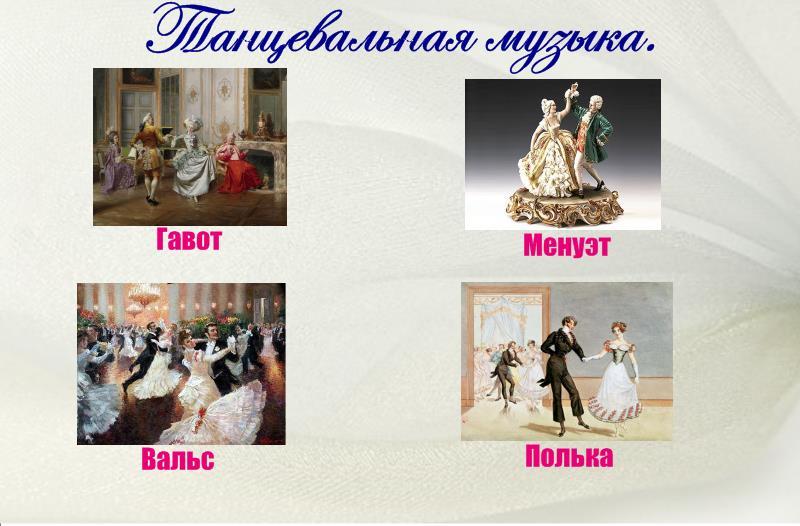 century.
century.
Now the minuet, as a social dance, has lost its relevance, giving way to other forms and rhythms, but as a cultural phenomenon, it continues to delight with graceful dance figures and musical images.
Three beat minuet: 3/4, 6/8. First, the dance was performed by one couple, and then by several. The arrangement of the dancers at court balls was strictly according to ranks: the first persons of the court, the king and queen, began the procession. Behind them came the Dauphin with a noble lady of the court, and behind them the rest of the guests. The tempo of the minuet is unhurried, the movements are important, majestic, built on curtseys and bows, which created the impression not so much of a dance, but rather of an invitation to dance. The minuet included numerous solemn passages forward, backward, sideways, ceremonial greetings. Despite the seeming simplicity of movements, dance training lasted a long time, as it was necessary to thoroughly master the technique of performance.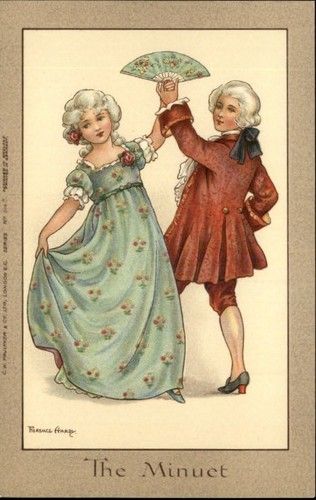 The dancers moved according to a strictly defined pattern in the form of numbers 2, 8 or letters S and Z.
The dancers moved according to a strictly defined pattern in the form of numbers 2, 8 or letters S and Z.
In the 18th century, with the flourishing of the Baroque style, the minuet acquired the features of mannerisms, affectation, pretentiousness. The pace of the dance accelerated, the figures became more complicated, the storyline began to be seen. The minuet developed into a stage dance, and began to be actively used in ballet and opera productions.
Features of the minuet
The feature of the minuet is in its grace and elegance. The performers had to work on the plasticity of movements, the smoothness of transitions from pose to pose. Particular attention was paid to the softness of the hands: the bends of the hands completed the dance poses, the joining of the partners' hands was carried out smoothly, the elbows should not be raised too high. nine0004
The part of the cavalier was especially difficult: it involved manipulating the hat.